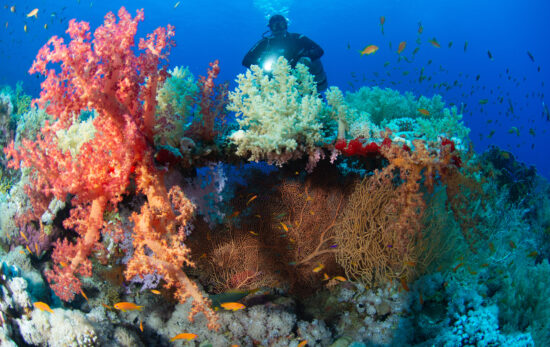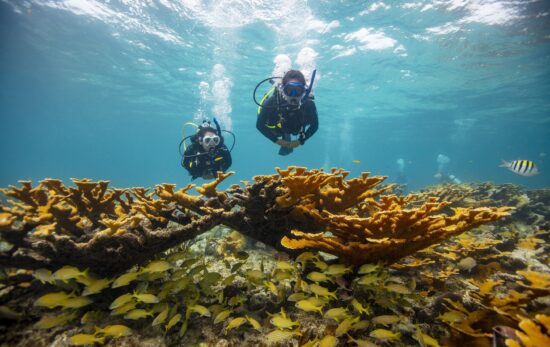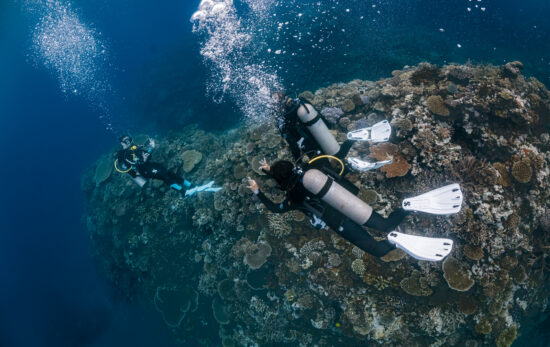Looking for a new challenge in scuba diving? Why not try drift diving? Drift diving occurs when a current carries a diver from one point to the next. Oftentimes, divers are accompanied by boats, although it is possible to do a shore drift dive as well. In this article, we’ll explain why drift diving should be your next adventure and give you the drift diving tips you need to stay safe.
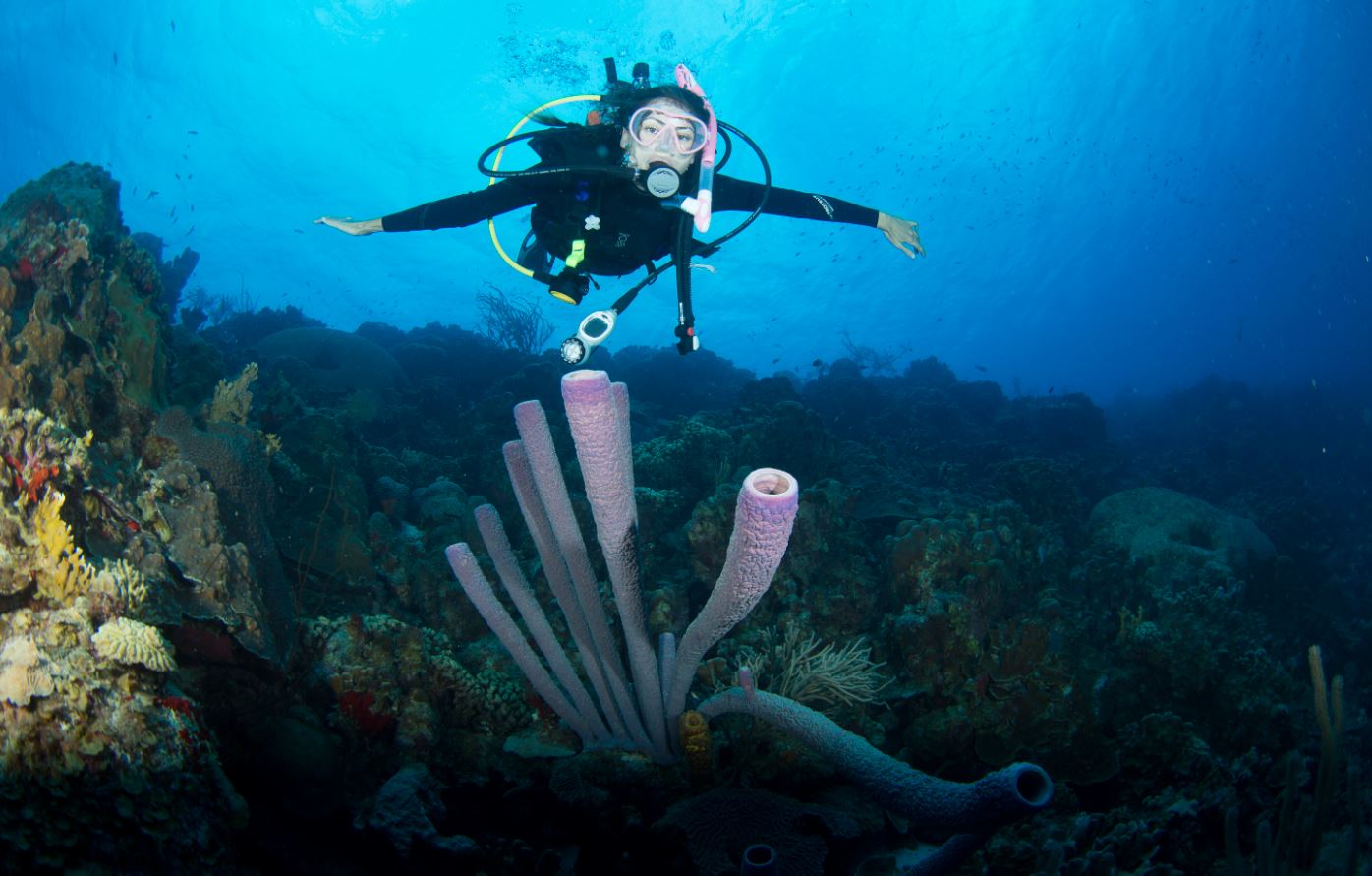
What are the Advantages of Drift Diving?
In drift diving, you can truly feel the power of the ocean, or rivers for that matter, and experience the sensation of flying underwater. Oftentimes, people choose drift diving to experience the speed of the waterway and less so to interact with marine life.
That said, depending on the site, there’s also a good chance of seeing some bigger marine life while drift diving in the ocean. Bait fish often follow currents, and bigger marine life know how to leverage currents to hunt them.
Thanks to the current, you can also dive over a larger underwater area and cover more ground than you would on a normal dive. It can also be less physically demanding than a normal dive, since your main goal is to focus on buoyancy control versus finning.
All that said, currents can be very powerful forces. Here are some ways you can stay safe while embarking on this new adventure.
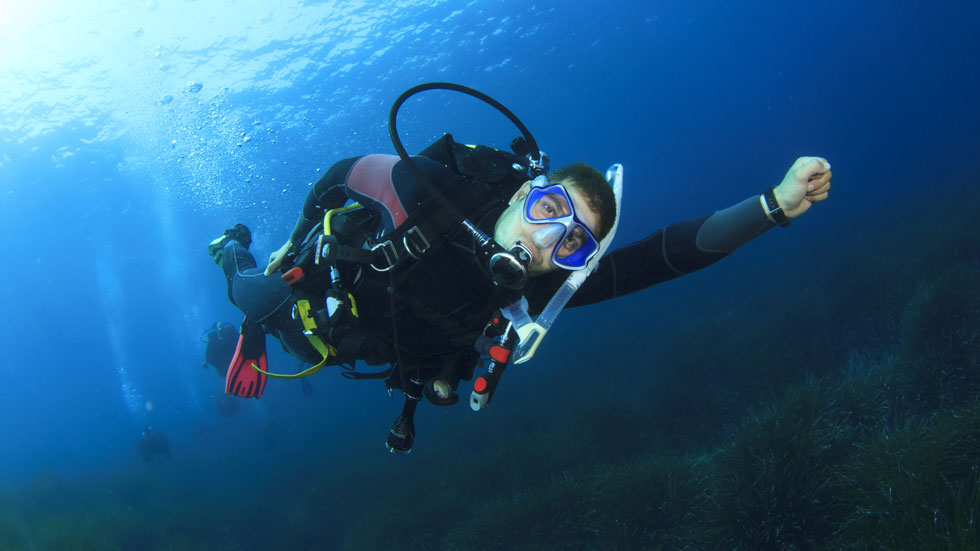
Tip #1: Understand Your Environment
If you are new to the dive site, you’ll definitely want to enlist the help or advice of local divers. Ideally, a local dive shop can be that point of contact for you. Even if you are diving at a site with a relatively mellow current, you will want to know the strength and direction of the current, if the tides impact the site, the winds, and the topography of the site. This will allow you to properly plan your dive.
If you want to learn more about what environmental factors are important to drift diving, check out this article.
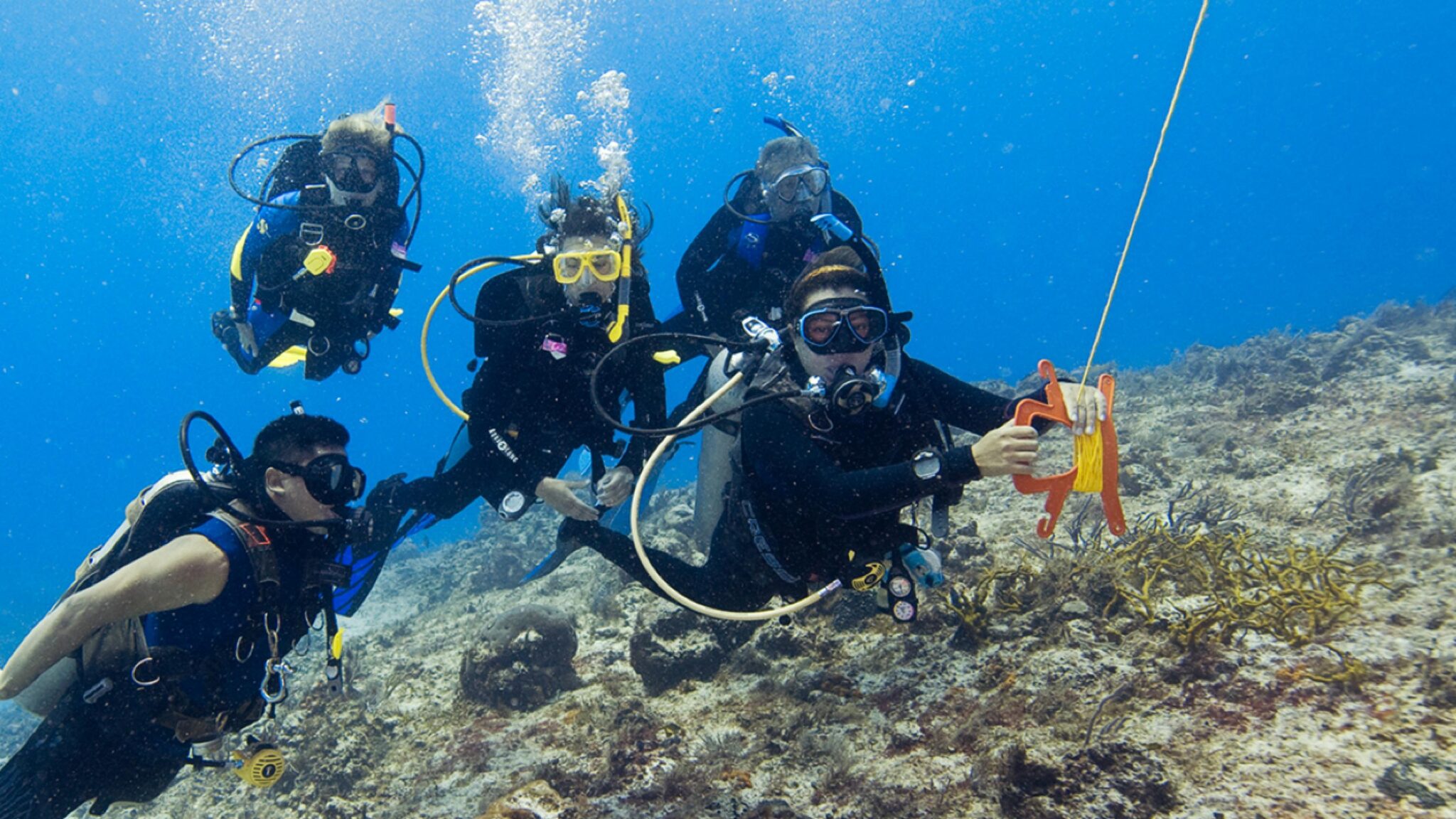
Tip #2: Understand the Basics of Drift Diving
There are basic knowledge points that every drift diver needs to know, and the best way to learn those knowledge points is to take the PADI Drift Diver specialty course. For example:
- You should not swim against the current because you’ll tire yourself out.
- You should also not swim with the current, because you may risk getting separated from the group.
- You’ll want to streamline yourself and your gear as much as possible to avoid any possible snags on the reef.
- It’s also important to master your buoyancy control before drift diving, as you won’t want to worry about bumping into the bottom or floating upwards when you’re drifting.

Tip #3: Be Well Prepared
This is the most important part of drift diving. Before the dive, you and your dive group should have a detailed plan. Everyone should know where the entry and exit points are, the planned duration or distance of the dive, the strength of the current, the turn pressure, and what happens in case of separation. The dive leader of the group should use a surface marker buoy. The other divers in the group should also carry delayed surface marker buoys that can be deployed if they get separated.
For a more comprehensive list of drift diving gear, consult the PADI Drift Diver eLearning course.
Have you absorbed all the drift diving tips in this article? Click on the button below to start your PADI Drift Diver specialty course online right now or contact your local PADI Dive Center to book a course nearby. In fact, here is a list of drift dive destinations that might inspire you to get started right away.

